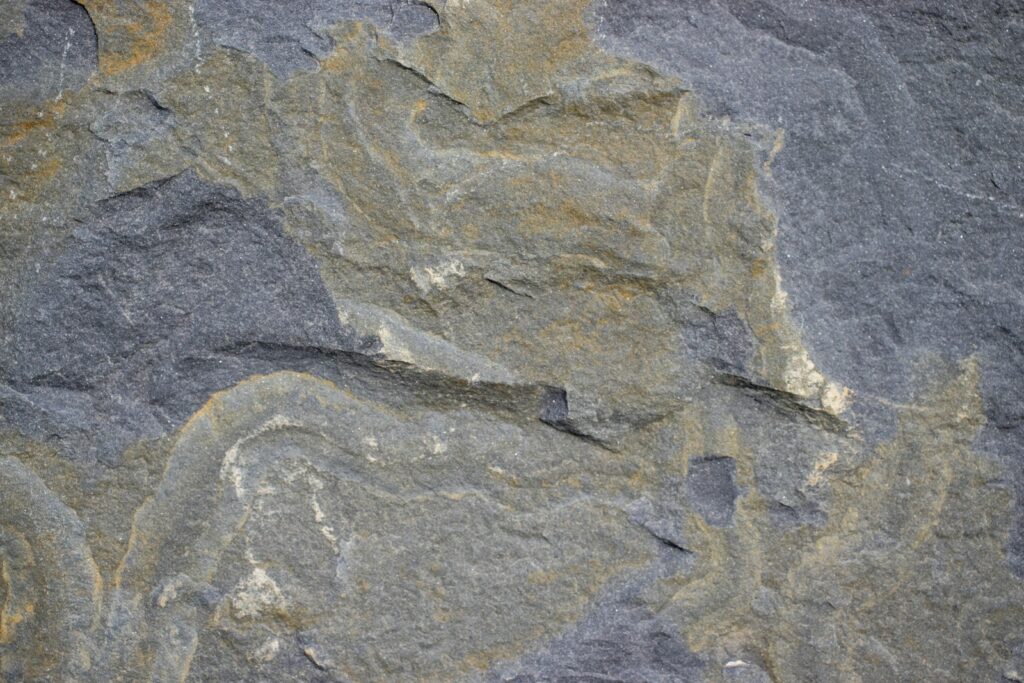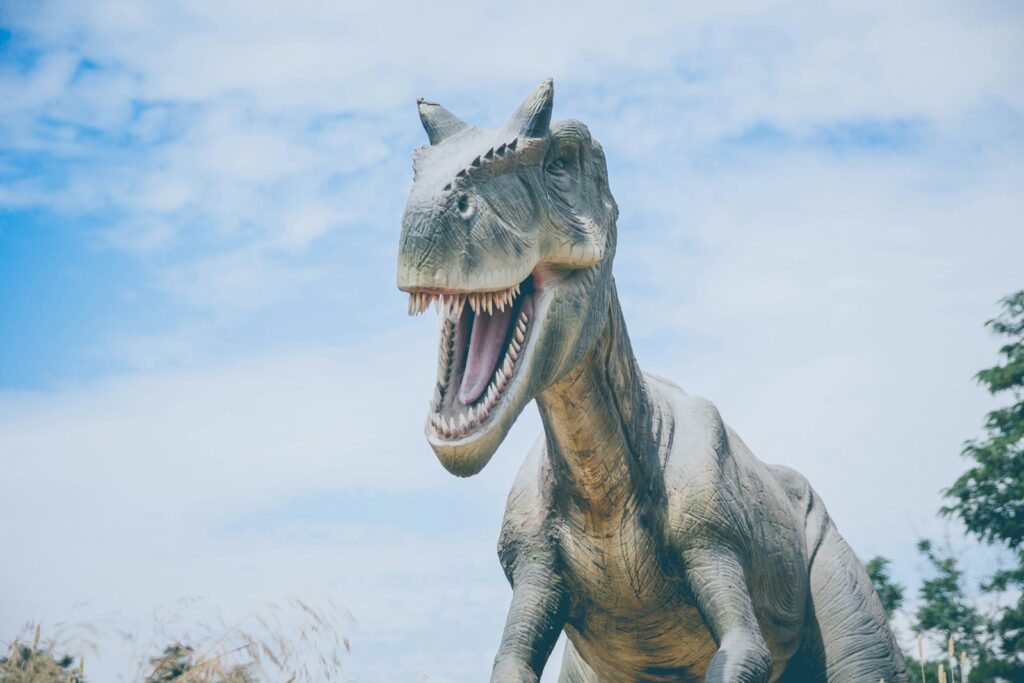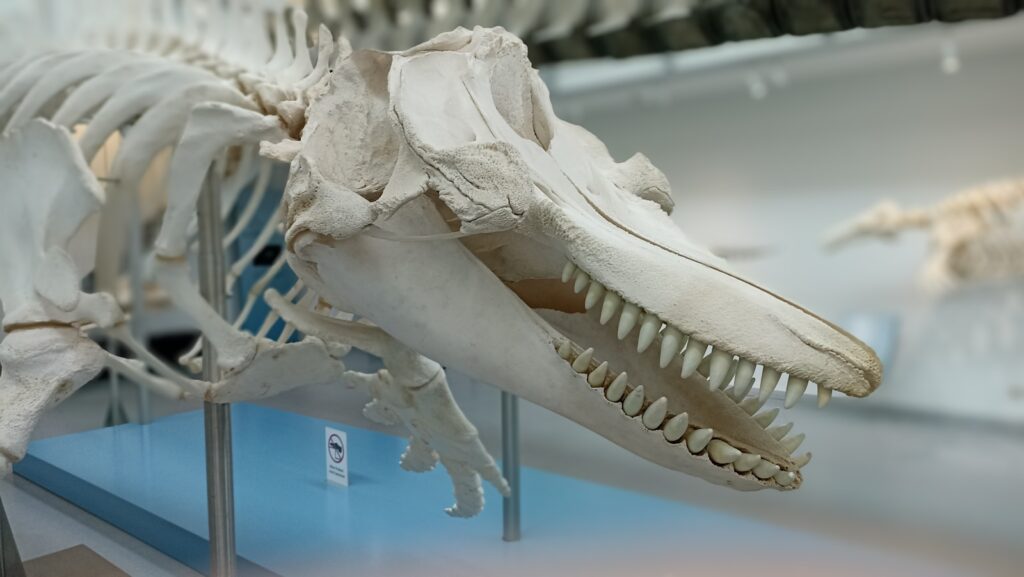The relationship between dinosaurs and ice ages presents one of paleontology’s most fascinating chapters. While popular imagination often places dinosaurs in lush, tropical environments, the reality is far more complex. Dinosaurs existed on Earth for approximately 165 million years, spanning the Mesozoic Era (252-66 million years ago), during which our planet experienced significant climate fluctuations. Throughout this extensive timeline, these remarkable creatures encountered periods of global cooling that challenged their survival. This article explores the mechanisms, adaptations, and environmental factors that allowed dinosaurs to persist through ice ages and cold periods during their long reign on Earth.
The Mesozoic Climate: Not Always Warm and Tropical

Contrary to common depictions in media, the Mesozoic Era wasn’t uniformly hot and tropical. Climate research indicates that Earth experienced several cooling episodes during the dinosaurs’ reign, including brief ice ages and extended cool periods. The Late Triassic and Early Jurassic periods saw temperature fluctuations that would have challenged many species. Paleoclimatologists have identified evidence of polar ice caps during certain intervals and significant temperature drops that would have altered ecosystems worldwide. These climate variations created environments far different from the stereotypical steamy jungles we often associate with dinosaur habitats, forcing these animals to adapt or perish in changing conditions.
Defining “Ice Ages” in Dinosaur Times

When discussing ice ages during the dinosaur era, scientists make important distinctions from the more recent Pleistocene ice ages familiar to most people. Rather than extensive continental glaciation, Mesozoic cooling periods typically involved polar ice caps, cooler global temperatures, and increased seasonality. The most significant cooling event during dinosaur times occurred during the Late Jurassic and Early Cretaceous periods, approximately 150-140 million years ago. Evidence from sedimentary rocks, fossil plant assemblages, and oxygen isotope analyses all point to this cooling trend. While not as extreme as modern ice ages, these cooler intervals still presented significant challenges to dinosaurs that had evolved during warmer conditions, requiring substantial adaptations for survival.
Endothermy: The Warm-Blooded Advantage
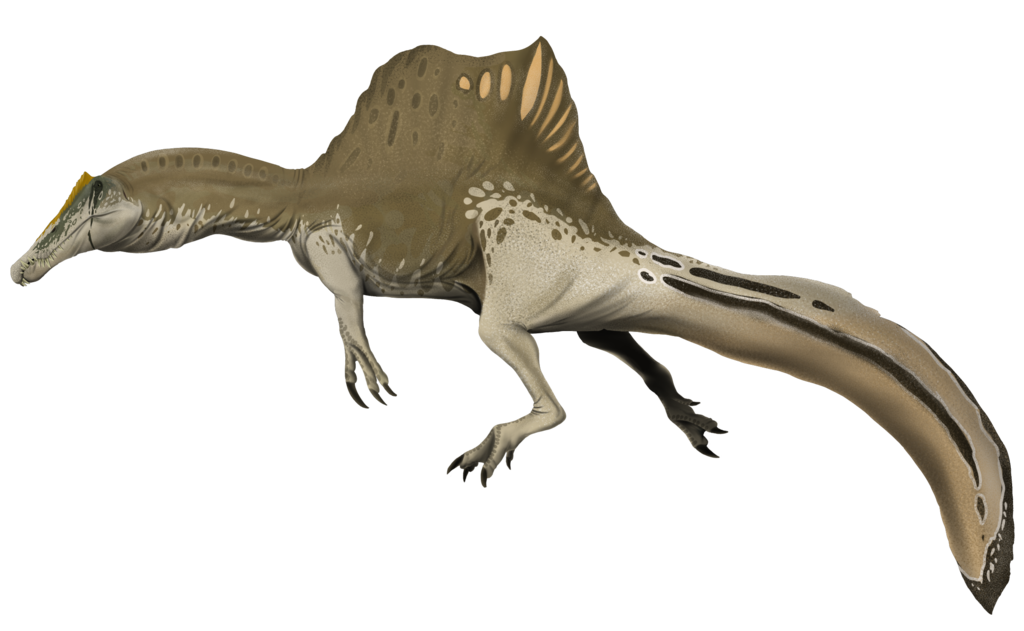
One of the most significant factors in dinosaurs’ ability to survive cooler periods was their metabolic nature. Modern research strongly suggests many dinosaur lineages, particularly theropods and ornithischians, possessed some degree of endothermy or “warm-bloodedness.” This metabolic adaptation allowed these dinosaurs to maintain relatively constant internal temperatures despite environmental fluctuations. Endothermic dinosaurs could remain active during cooler seasons and in higher latitudes where ectothermic reptiles would struggle. Evidence for dinosaur endothermy comes from bone histology showing rapid growth patterns, the presence of respiratory structures similar to birds, and fossil discoveries in ancient polar regions. This internal temperature regulation gave dinosaurs a crucial advantage during cooling trends that might have otherwise threatened their survival.
Feathers and Insulation: Nature’s Cold Weather Gear

Perhaps the most remarkable adaptation that helped dinosaurs survive cooler periods was the evolution of feathers and other insulating structures. Initially believed to exist only in bird-like theropods, evidence now shows that feathers or feather-like structures were widespread across many dinosaur groups. Even large dinosaurs like Yutyrannus, a nine-meter-long relative of T. rex, possessed primitive feathery coverings. These structures provided crucial insulation during cold periods, trapping body heat and allowing dinosaurs to maintain activity in cooler climates. Beyond true feathers, many dinosaur species evolved filamentous body coverings called protofeathers or specialized scales that served similar insulative functions. These adaptations represented a revolutionary advance in thermoregulation that helped dinosaurs thrive even as temperatures declined.
Polar Dinosaurs: Thriving in Extreme Environments

Some of the most compelling evidence for dinosaurs’ cold-weather adaptations comes from fossil discoveries in ancient polar regions. In areas that would have experienced months of darkness and near-freezing temperatures, paleontologists have uncovered diverse dinosaur communities. The Alaskan North Slope has yielded fossils of duck-billed hadrosaurs, horned ceratopsians, and even tyrannosaurs that lived at paleolatitudes above the Arctic Circle. Similarly, in Australia and Antarctica, fossil evidence shows dinosaurs thrived in polar environments that, while warmer than today’s poles, still experienced extended dark periods and freezing temperatures. These polar dinosaurs likely developed specialized adaptations including enhanced vision for low-light conditions, potential hibernation behaviors, and migratory patterns that allowed them to endure extreme seasonal variations.
Migration: Seasonal Movements as a Survival Strategy
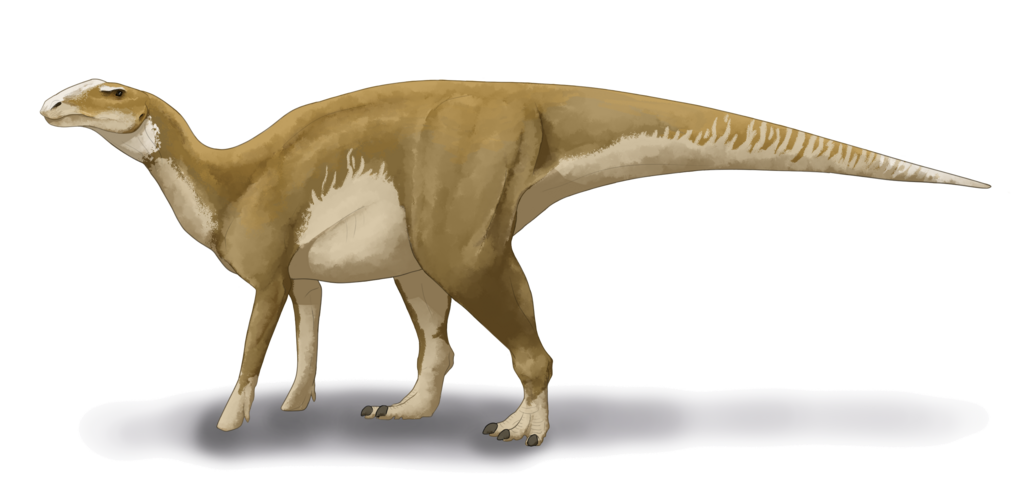
Migration represented a crucial strategy for many dinosaur species facing seasonal temperature changes or cooling periods. Fossil trackways and bone bed evidence suggest that numerous dinosaur species undertook regular migrations to avoid harsh weather conditions. For example, hadrosaurs in northern latitudes likely migrated southward during winter months to escape the most extreme cold. Studies of bone growth rings (similar to tree rings) indicate seasonal stress patterns consistent with migratory behaviors. Modern birds, the living descendants of dinosaurs, demonstrate the evolutionary persistence of this survival strategy. Some dinosaurs may have traveled hundreds or even thousands of kilometers annually in response to seasonal changes, allowing populations to exploit different habitats as climate conditions fluctuated throughout the year and over longer cooling periods.
Physiological Adaptations: Internal Solutions to External Challenges

Beyond obvious external adaptations like feathers, dinosaurs developed numerous internal physiological adaptations to cope with cooling trends. Evidence suggests some dinosaur species could reduce their metabolic rates during resource-scarce periods, entering a state similar to torpor in modern animals. Studies of dinosaur nasal passages indicate complex structures that may have helped conserve heat and moisture during respiration in cold environments. Blood vessel arrangements in some dinosaur fossils suggest specialized circulatory adaptations to maintain temperature in extremities, similar to counter-current heat exchange systems in modern polar animals. Additionally, some dinosaur species developed larger body sizes in colder regions—a phenomenon known as Bergmann’s rule—which reduces surface area relative to volume and helps retain body heat in cold environments.
Behavioral Strategies: Social Solutions to Climate Challenges

Social behaviors offered dinosaurs additional strategies for surviving colder conditions. Fossil evidence increasingly suggests many dinosaur species lived in complex social groups, which would have provided thermal benefits during cold periods. Huddling behaviors, similar to those seen in modern penguins, would have allowed smaller dinosaurs to share body heat and reduce individual heat loss. Communal nesting, evidenced by numerous fossil nest sites containing multiple egg clutches, may have helped maintain optimal incubation temperatures during cooler periods. Parental care, now well-documented in various dinosaur groups, likely included behaviors to keep eggs and young warm. These social adaptations complemented physical and physiological changes, creating a multi-faceted approach to survival during climate challenges.
Dietary Flexibility: Adapting Food Sources to Changing Conditions

Changing climate conditions during cooling periods would have significantly altered plant communities, requiring dietary flexibility from herbivorous dinosaurs. Evidence from tooth wear patterns and coprolites (fossil feces) indicates many herbivorous dinosaurs could shift their diets seasonally or as environments changed. Some species developed specialized dentition allowing them to process tougher, more fibrous plant material that dominated in cooler, more seasonal environments. Omnivorous dinosaurs likely expanded the animal portion of their diet during times when plant resources were scarce. Even primarily carnivorous dinosaurs demonstrated adaptability, with evidence suggesting they could survive on less frequent meals during resource-poor periods. This dietary flexibility allowed dinosaur communities to persist through changing plant communities as climate conditions fluctuated.
Reproductive Adaptations: Ensuring the Next Generation

Successful reproduction during cooling periods required specific adaptations to protect vulnerable eggs and hatchlings. Many dinosaur species built nests with organic materials that generated heat through decomposition, helping maintain optimal incubation temperatures even in cooler environments. Some dinosaurs buried their eggs in soil or sand to utilize geothermal heat and insulate against temperature fluctuations. Evidence of colonial nesting in many dinosaur species suggests shared incubation duties that would have helped maintain egg viability during cold snaps. Additionally, some dinosaur lineages may have evolved shorter incubation periods to minimize exposure to environmental temperature variations. These reproductive adaptations ensured population stability during climate challenges by maximizing hatching success despite less than ideal environmental conditions.
Geographic Distribution: Range Shifts in Response to Climate

Dinosaur populations responded to cooling trends by shifting their geographic ranges, a phenomenon clearly visible in the fossil record. During warmer periods, dinosaur fossils appear at higher latitudes, while cooling periods show concentration toward equatorial regions. These shifts allowed populations to track their preferred climate conditions rather than face extinction. The global distribution of dinosaurs throughout the Mesozoic created numerous population reservoirs in different climate zones, ensuring that even if some populations faced extinction during extreme events, others could survive and eventually recolonize. Certain dinosaur groups demonstrated remarkable geographic flexibility, with fossils appearing across multiple continents and climate zones, indicating their ability to adapt to a wide range of environmental conditions.
Advantages Over Competing Animal Groups

When comparing dinosaurs to other Mesozoic animal groups, several key advantages became particularly important during cooling periods. Unlike the large marine reptiles (ichthyosaurs, plesiosaurs) and flying pterosaurs that dominated other ecosystems, dinosaurs possessed a unique combination of endothermy, insulation, and behavioral flexibility that made them especially resilient to temperature fluctuations. Contemporary mammal species during the Mesozoic remained relatively small and specialized, limiting their competitive impact. The primary large-bodied competitors to dinosaurs—crurotarsan archosaurs like phytosaurs and rauisuchians—were more ectothermic and thus disadvantaged during cooling trends. These comparative advantages helped dinosaurs maintain their ecological dominance through climate fluctuations that challenged other animal groups, allowing them to expand into niches vacated by less adaptable species.
The Extinction Paradox: Why Cold Wasn’t the End

Perhaps the most compelling evidence of dinosaurs’ cold-adaptation capabilities lies in the fact that climate cooling was not what ultimately caused their extinction. Despite surviving numerous cooling events throughout the Mesozoic, non-avian dinosaurs eventually succumbed to the aftermath of the Chicxulub asteroid impact 66 million years ago. This catastrophic event triggered a period of extreme cold caused by sun-blocking atmospheric dust—yet the extinction mechanism wasn’t simply a temperature drop but a complex cascade of environmental effects including darkness limiting photosynthesis, acid rain, and ecosystem collapse. Interestingly, the only surviving dinosaur lineage—birds—possessed the most advanced thermoregulatory adaptations of any dinosaur group. This extinction pattern underscores that dinosaurs had developed remarkable cold-weather survival strategies, but these adaptations couldn’t overcome the multi-faceted environmental catastrophe at the end of the Cretaceous.
Throughout their remarkable 165-million-year reign, dinosaurs demonstrated extraordinary adaptability to Earth’s changing climate conditions. From feathery insulation and warm-blooded metabolisms to complex social behaviors and migration patterns, these magnificent creatures employed diverse strategies to overcome cooling trends and ice ages. Modern research continues to reveal new details about how dinosaurs weathered climate challenges, painting a picture of resilient, adaptable animals far removed from the cold-sensitive reptiles once imagined. Rather than being limited to hot, tropical environments, dinosaurs thrived across an impressive range of climates and temperatures, establishing themselves as one of the most successful animal groups in Earth’s history. Their story reminds us that adaptability, rather than specialized perfection, often determines which species survive when environments change—a lesson with profound relevance in our current era of climate uncertainty.

